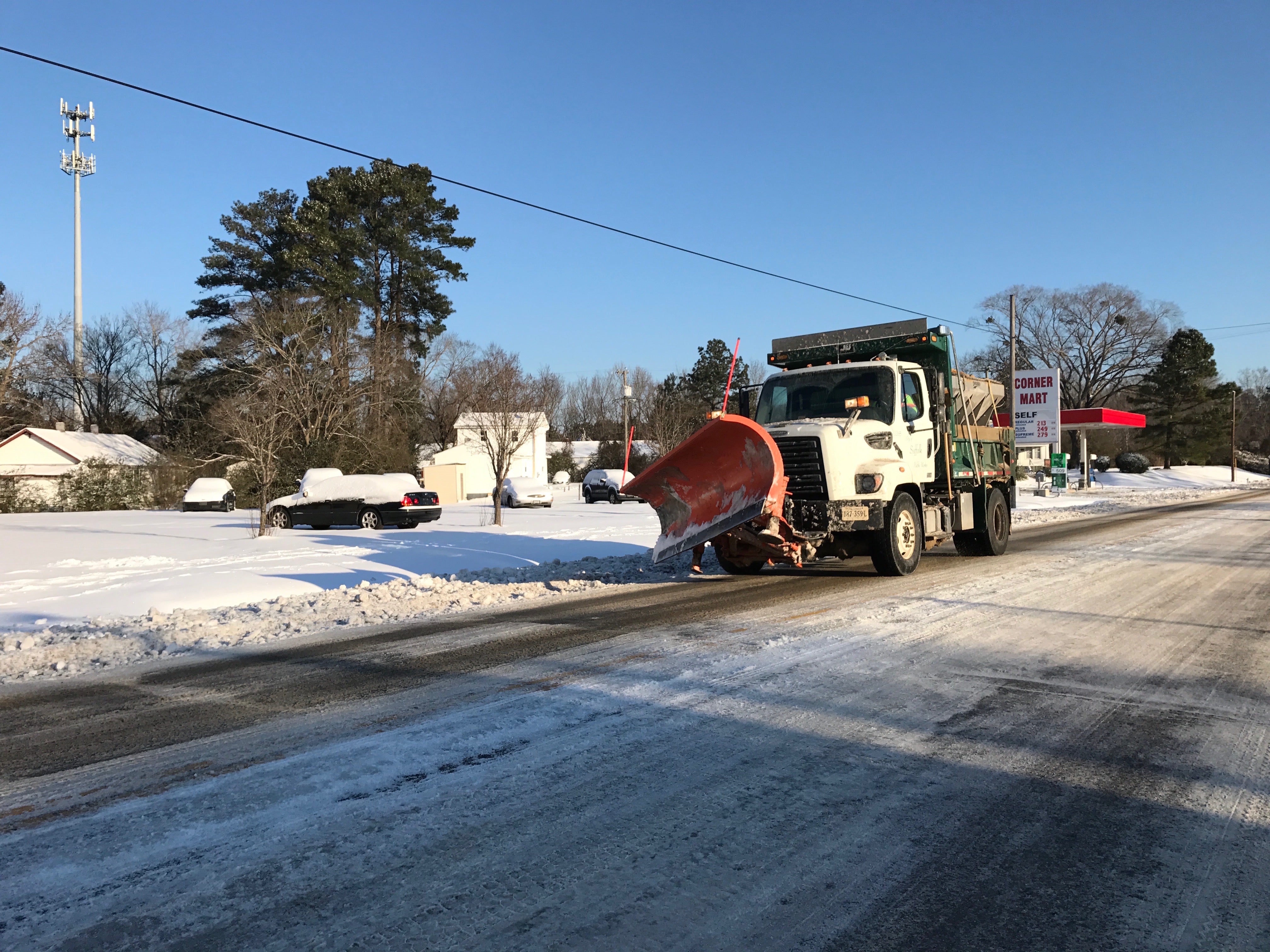Dog law unneeded and won’t be enforced
Published 10:18 pm Monday, February 22, 2010
To the editor:
The Suffolk Council has enacted a dog ordinance that will cover the entire city. Thinking of Suffolk as a “city” is part of the challenge; Suffolk is identified as a city by Virginia law, but in reality it is a medium-size town with outlying rural villages. Google Earth reveals the city is mostly farmland and woods; our city is populated with farm animals, brown bears, whitetail deer, fox, coyotes, raccoons, opossums and squirrels along with some people and their pets.
The council has several other challenges. One challenge is created by city people moving into a rural area and thinking that all dog ordinances should be the same. Some equate a dog walking down the street on his own with a terrorist loose in the neighborhood. Maybe some of these individuals should move back to New York City.
The council encourages “city-people thinking” by considering the complaints to be valid enough to pass a new, more-restrictive ordinance. The night the council passed the current ordinance, I pointed out that the few “dog problems” I have noticed were about things that already were illegal under the old ordinance.
To confuse matters even more, on the evening the current ordinance was enacted, a council member told me animal control would continue to enforce the old ordinance, regardless of the new one. This sort of behavior doesn’t increase confidence in government.
Council members also have difficulty identifying what is a “dog problem” and what is acceptable behavior of dogs and their owners.
Along our road there are about 50 privately-owned dogs of all shapes and sizes. Many of them, including our two, were dropped off by strangers who didn’t have the courage to take their unwanted pets to the pound. Taking one in is expensive, because they all require medical attention and a lot of TLC; the last one we took in we named Bones, because the little guy was starving and looked it. This personal expense saves the city money that it doesn’t have to spend to feed, keep and eventually kill the strays.
Along our road, where we don’t have a dog problem, some of the 50 dogs are not kept according to the old ordinance, but, again, we don’t have a problem. Each day five or six dogs, on their own, come to our house to greet and sniff our dogs and receive doggie biscuits from my wife, Barb, the doggie block mother.
Through the years, any “dog problems” have been effectively dealt with among neighbors without city involvement. Such situations are addressed through neighbors talking — much like they would deal with children making too much noise or otherwise misbehaving. In fact, having dogs is much like having children; they sometimes misbehave and must be effectively corrected.
City ordinances addressing dogs should be much like ordinances addressing children. Government only gets involved when dog owners/parents are ineffective in educating, training and controlling their dogs/children.
Certainly there should be city ordinances dealing with dogs and their owners. But the council should not give in to passing ordinances it does not intend to or have the capabilities to enforce.
Dogs can be dangerous if owners do not provide the proper inoculations against diseases; dogs can be made dangerous by their human owners. But real dog and dog-owner problems are rare and ordinances should address these rarities, instead of spending city money on ineffective, unnecessary restrictions for responsible dog owners.



